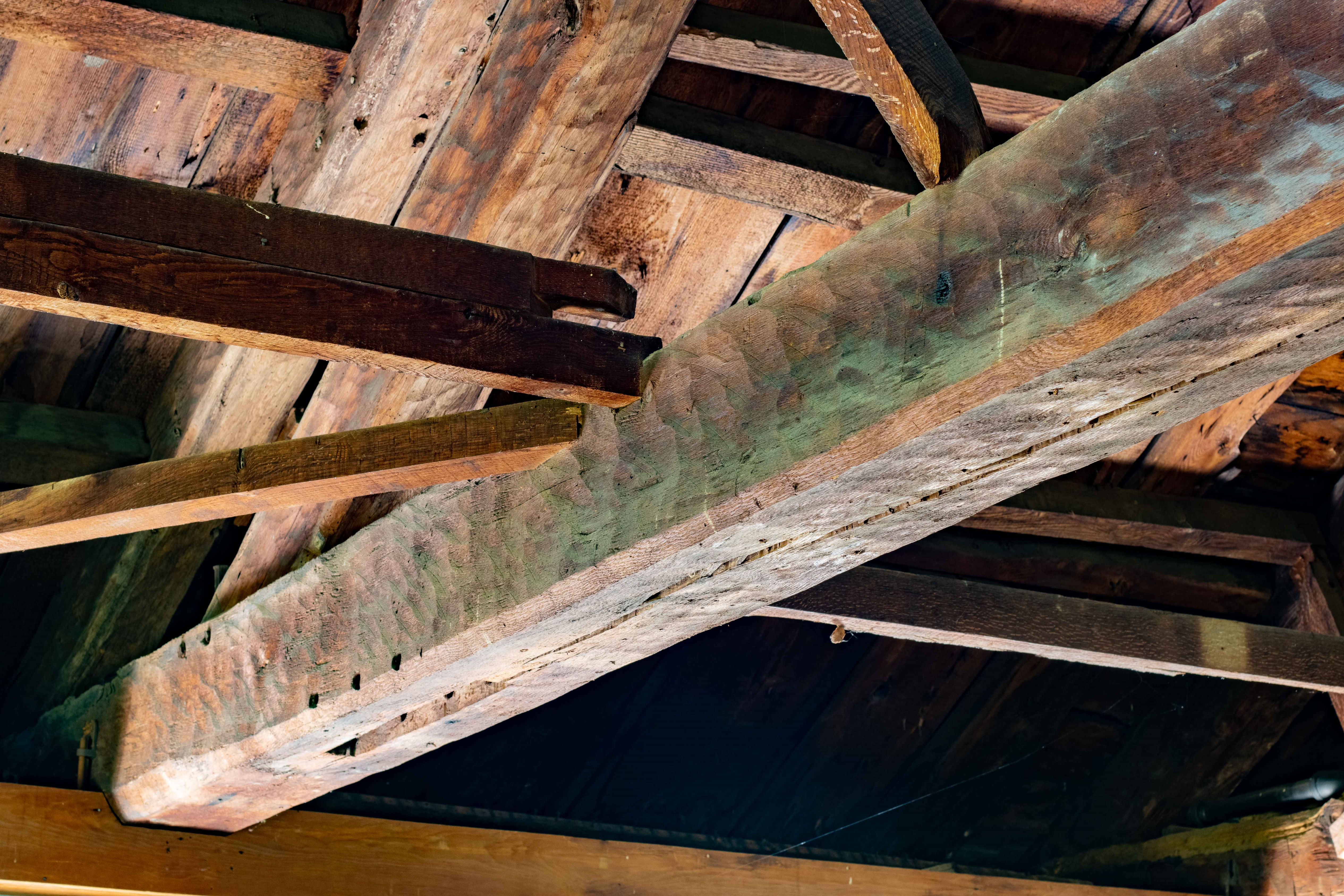The Old Meeting House
The Meeting House is thought to be the third oldest Puritan Meeting House in New England still standing on it’s original “Green”. Built 61 years before the Revolutionary War, it is older than the Old South Meeting House, Fanuel Hall or King’s Chapel in Boston. As one noted historian has said, “It is without question the most historic building within the limits of the original town of Lynn”.
On November 17th, 1712 by order of the general court, that part of Lynn now called
Lynnfield was established as a parish. This would free the inhabitants from
paying parish taxes to Lynn as soon as a meeting house could be built. On
November 22nd, 1713, 32 men and 1 woman voted to build the meeting house,
chose a site, and subscibe 130 pounds to pay for it. The deed of land on which
this building stands was dated, “This seventh day of December 1714 and in ye
reign of our sovereign Lord George, King of Great Briton, ect.” The deed further
reads “All that land whereon ye sd precint meeting house now standeth.....”
As originally built, the Meeting House was almost square. The pulpit stood upon
the Northeastern side, a sounding board above. There were 3 outside doors with
large horse blocks for dismounting before each. There were galleries on 3 sides
where the slaves and hind men sat and where, in one corner, the gunpowder was
stored. The building had neither paint nor plaster and had no steeple or
provision for heat, until a stove was added in 1824.
In 1751 it was voted to plaster, clapboard, shingle, and install new window frames.
In 1782, the Meeting House was literally cut in two and a 14 foot section inserted in
the middle. In 1800 it was voted to raise $100 to paint the Meeting House; the next
year the vote was resinded and fifty years passed before it was finally painted.
In 1832 18 people dissented from the growing Unitarian Theology and left to build
their own church across from the Meeting House. This still stands as the Chapel
of the Congregational Church. In 1836 the remaining members, burdened by the
cost of maintenance of the building, proposed to the town that a second floor be
put in where the galleries were, so that the upper floor could be used for church
services and the lower story be given to the inhabitants of Lynnfield for a town
house provided the town of Lynnfield pay one half of the cost of the expenses
and repairs. The proposal was accepted and the lower floor was used as a town
hall and meeting place for over 50 years. Dedication of a new town hall in 1892
brought about the final separation of church and state as all civic activities were
transferred to the new building.
However, the lower hall soon served the community in new ways. It served as the
primary school in the center district until the 2 room Center School was built on
Main Street in 1903 and then became the fire station for Lynnfield center and was
known as the “Chemical House”. Large barn doors replaced the original door on
the Main Street side of the building, part of the floor was lowered to accomodate
the fire engines, and in 1918 a belfry was added to the house the large bell which
served as the fire alarm. The bell was installed on a block of granite on the
common in 1964.
In May of 1960 the dedication of the present Fire and Police Station brought an
end to this era in the Meeting House. The Lynnfield Historical Society, founded in
1954, became custodian of the Meeting House under the ownership of the town of
Lynnfield which pays for the annual maintenance of the building. The town
appropriated $2,000 to remove the belfry, replace the fire engine doors and
restore the windows on the Main Street end of the building. The Historical
Society raised the money for the rest of the resoration work.



